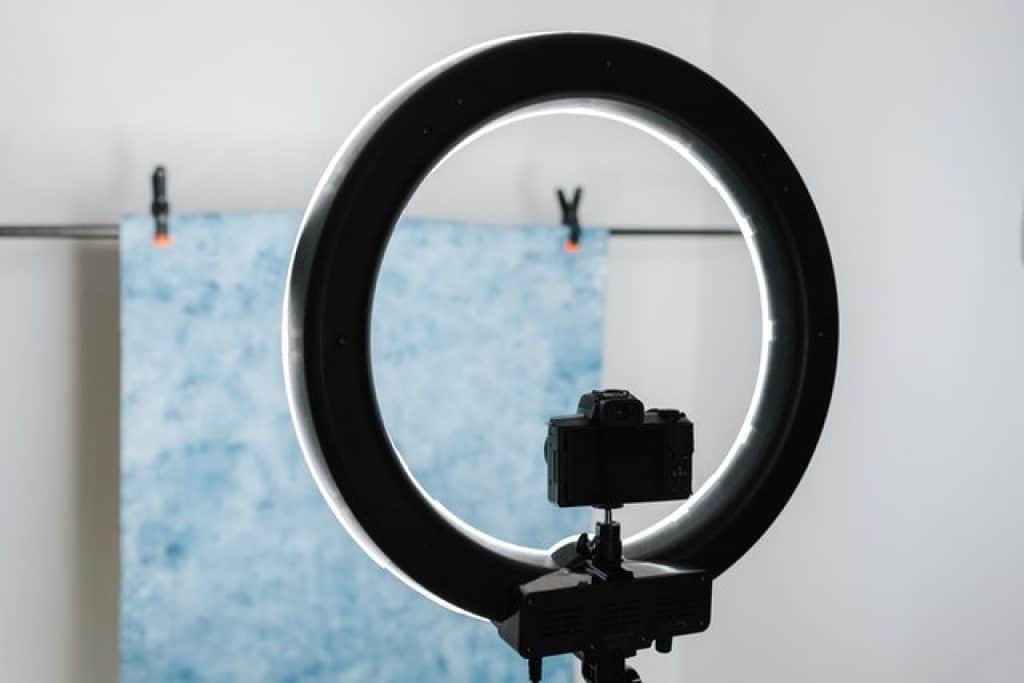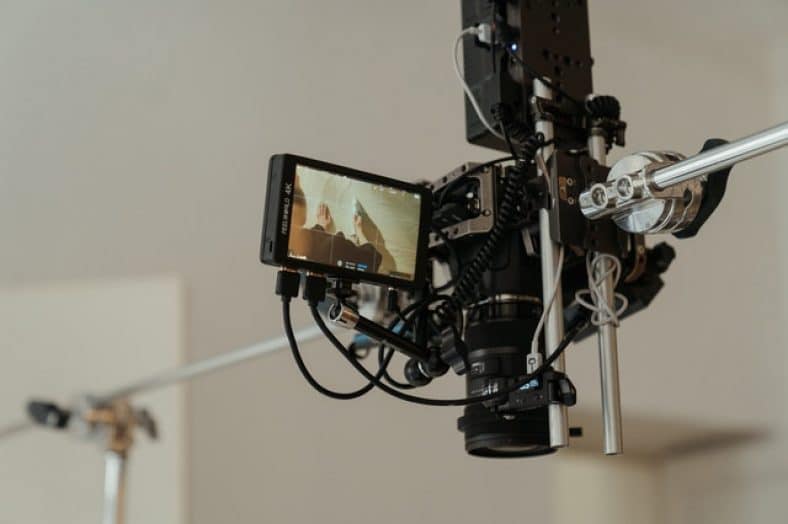The backdrop surrounding your subject could greatly impact your image, whether you’re shooting something or someone. Backdrops that are cluttered are distracting and divert attention away from your subject.
A clumsy image may also discourage purchases if you’re trying to sell things online. Selecting a backdrop may seem to be a straightforward process. Moreover, there are indeed a variety of backdrop styles to pick from, each with its size, design, and materials.
Photography Backdrops sizes
There are a few factors to consider when it comes to backdrop size, including the size of your subject and your studio size. Due to allowing easy lighting during shoots and avoiding shadows, portrait subjects should be at least 3 feet away from the backdrop. Of course, while shooting from above, the distance between your subject and the backdrop will change.
Different circumstances necessitate different backdrop sizes! Proper backdrops may bring aesthetic feelings and personality to your sessions while also matching the size of your clients and settings.

Here are five guidelines for determining which photography backdrop size will work best for your shoot:
1. Studio sizes
It’s crucial to first determine the size of your studio before deciding on a backdrop size. The backdrop size needs to fit your studio to look both practical and artistic. You must measure three crucial aspects of your studio: width, depth, and, most significantly, ceiling height. When deciding on a background size, accurate size measurements of these three aspects will provide you with a major and crucial reference point.
2. The width
Considering the measurement of your room, you must consider the size of the subject (s). How many people need a shot? What pose (s) will your model take? What kind of photos and setups do you require? The answers to these questions will ultimately determine the width of your backdrops. The most effective technique to help you choose the correct back support is to determine what your session requires.
For instance, a backdrop for children, headshots, and 3/4-length portraits should be at least 5 feet wide, with at least 1 foot on both sides for the backdrop to stretch beyond the margins. As a result, a single portrait may require a total of 7ft. You’ll also need more width if your model needs to lie down on the floor or if you’re organizing family sessions. Typically, a width of 10 feet is a suitable choice.
3. The depth
While choosing a backdrop, the depth must also be accurately determined. To have the subject much further away first from the backdrop to prevent projecting a shadow and to provide extra room for any equipment or ornaments, move the subject further off from the backdrop. That way you’ll need almost 1.5ft-3ft of space between them.
It may be necessary to extend your backdrops onto the floor sometimes. Your subject can apply any posture they desire, and you can photograph them from numerous angles. Alternatively, you can incorporate some ornaments so that the extended area of your backdrop blends in seamlessly with the rest of the scene. Precise measuring can assist you in selecting the appropriate backdrop height.
4. Ceiling heights
The ceiling height is the most significant constraint on a studio. When you begin your work, you should examine if the height is appropriate for arranging a backdrop and using a ceiling light and a hair light.
Firstly, and importantly, lighting over the model (5.5ft—6.5ft tall when standing) necessitates at least 4 feet of height above the model’s head.
You can conclude that you’ll need a ceiling height of at least 10-12 feet. Because of this, your studio’s ceiling height can handle the majority of ordinary occasions, which indicates you may use your backdrops for headshots, full-length body photographs, half-length photos, waist shots, and 3/4-length portraiture.
5. Your subject’s size
After you’ve determined the dimensions of your workspace, you’ll need to consider your subject’s size as well as your particular shooting style. (Can you explain what you’re going to shoot?)
It’s safer to purchase a backdrop that would be too big than too tiny, considering resizing a photograph is far easier than trying to digitally stretch the backdrop. As per the criteria, 6.510feet, 810feet, and 812feet (Width by Height) are suitable for most regular shooting sessions.
Backdrops come in various sizes, including 3feet, 5feet, 6.5feet, 8feet, 10feet, and 12feet. You’ll have the ability to shoot in a variety of sizes, from large to small, to everything else in between. The backdrop sizes can also be customized based on the clients’ specifications.
The dimensions of all backdrops are always shown as “width x-height.”
Various photography backdrop sizes and applications
For headshots and 3/4-length pictures, a 5-foot wide backdrop is ideal. These backdrops are simple to use and take up very little space to organize. The backgrounds are great for event photographers or photographers working in a tiny home studio who frequently operate in busy places.
A 7feet backdrop is usually required for a 3/4-length photograph of any ordinary individual. This backdrop length is ideal for headshots and pictures that aren’t full-length.
The backdrop is 12-feet long and 7-feet tall, with 4-feet of backdrop spread across the floor. This backdrop length is ideal for full-body photographs of a single subject.
You’ll be in a position to cover almost any form of portrait and product photography with just a 20-foot backdrop. If you’d like to capture a large family in full length or have a film session that involves movement, these backdrops are perfect. Such long backdrops are also useful for separating your subjects from the backdrop.
Questions to consider
It can be tough to figure out which backdrop size you require, especially if you’re new to them. That is why you need to ask the following questions.
Is it better to take full-body portraits or waist-up shots?
If you’re going to shoot full-body portraiture, don’t forget to include the flooring. You’ll need to have a backdrop that is lengthy enough to stretch onto the floor, such as a 5’by11′, 9’by16′, or 10’by20′. Or perhaps a backdrop that is already paired with a corresponding floor color.
What is the approximate size of your studio?
It is recommended that you measure the area where the backdrop will be used, particularly for an upcoming occasion. It’s annoying to arrive at a function the day of the occasion only to discover that your backdrop is too huge (or too small) for the venue.
In conclusion
When you desire to create or upgrade your studio, or simply want a mini-session in your own home. You are unsure which size of background to get when it comes to meeting your needs and taste. As a professional photographer, it is your call to familiarize yourself with the various types of photography backdrops and their properties, be it the size or texture. This will assist you in selecting the best size option for you, depending on your requirements.
